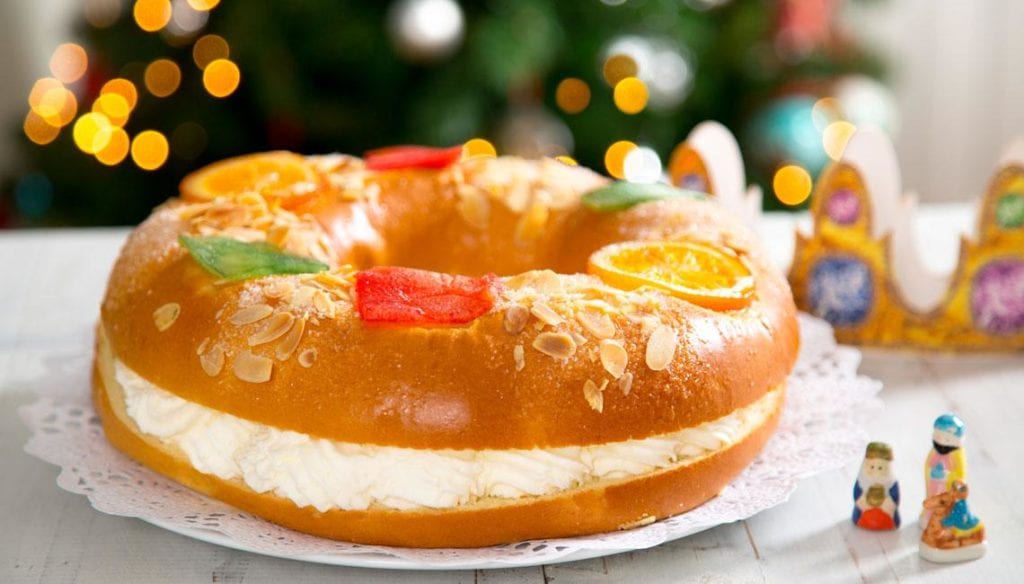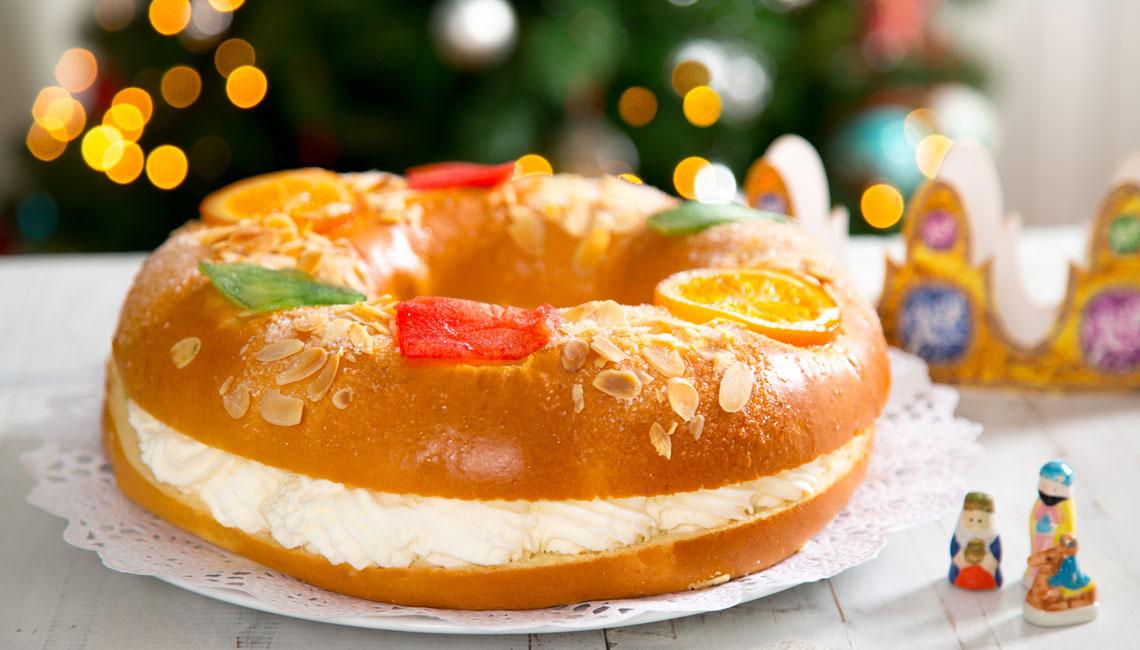The last holiday of Christmas and with it, in addition to the great illusion of the little ones, the tradition of eating the roscon de reyes. The famous dessert of the day January 6 (or snack on day 5 in some places) continues to triumph as the most popular, perhaps because it combines the gastronomic pleasure with socialization, fun and play. Although the recipes Traditional are still the most consumed in recent years, the new sugar-free, gluten-free or even vegan proliferate, but where does this come from? tradition? Come discover it!
The history of the roscón de Reyes
Like many of our traditions, these have their origin in celebrations pagan. In this case, the origin of the roscon de reyes dates back to the second century BC, when a festival called "Las Saturnales" was celebrated to honor Saturn, the God of agriculture. These festivities also coincided with the first flood days of the day. These days, the lower classes and slaves were freed from work. For this reason, for a long time it was known as the party of the slaves. At that time, the roscón was made with bread dough, nuts and honey.

The origin of the bean
After a few centuries it was introduced as a symbol of fertility and fortune the famous bean in the cake that was made. In this way, whoever got it was guaranteed good luck and excellent harvests throughout the year.
In the middle of the XNUMXth century, the original cake underwent a transformation and the form of roscon de reyes. It was at this time that a cook at the court of Louis XV added a small gold coin so that the little monarch had a funny surprise.
Over time, the currency was exchanged for a figurine and took advantage of it so that this was a King. The lucky person who found it by eating a piece of the candy would be crowned the King of the party. With the introduction of the figure, the had happened to have a pejorative meaning and whoever it was called had to pay for the roscón, becoming the “bean fool”.
So this is the story of the roscon de reyes, a strong but delicious dessert in calories that has survived to this day with those peculiar symbols.







